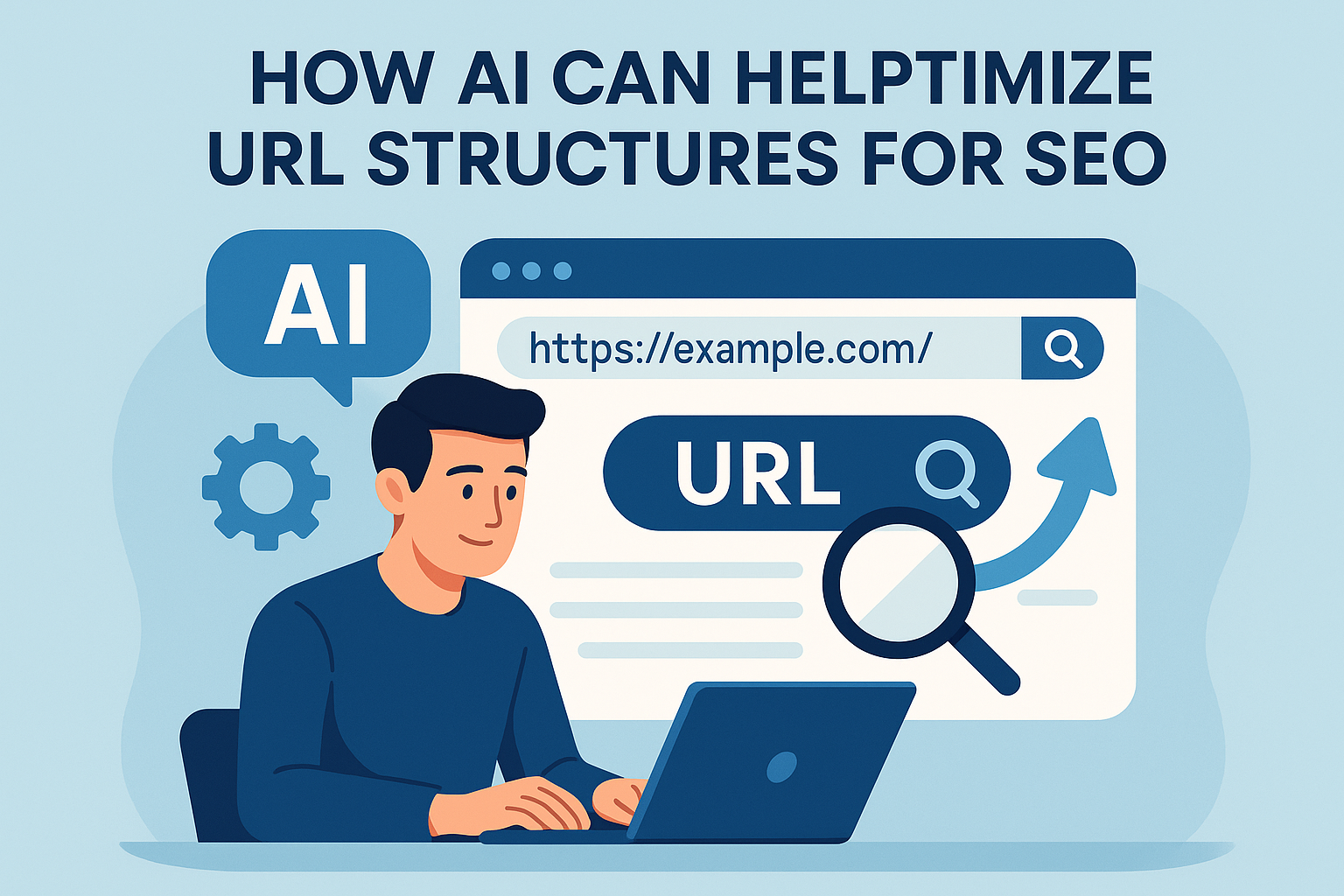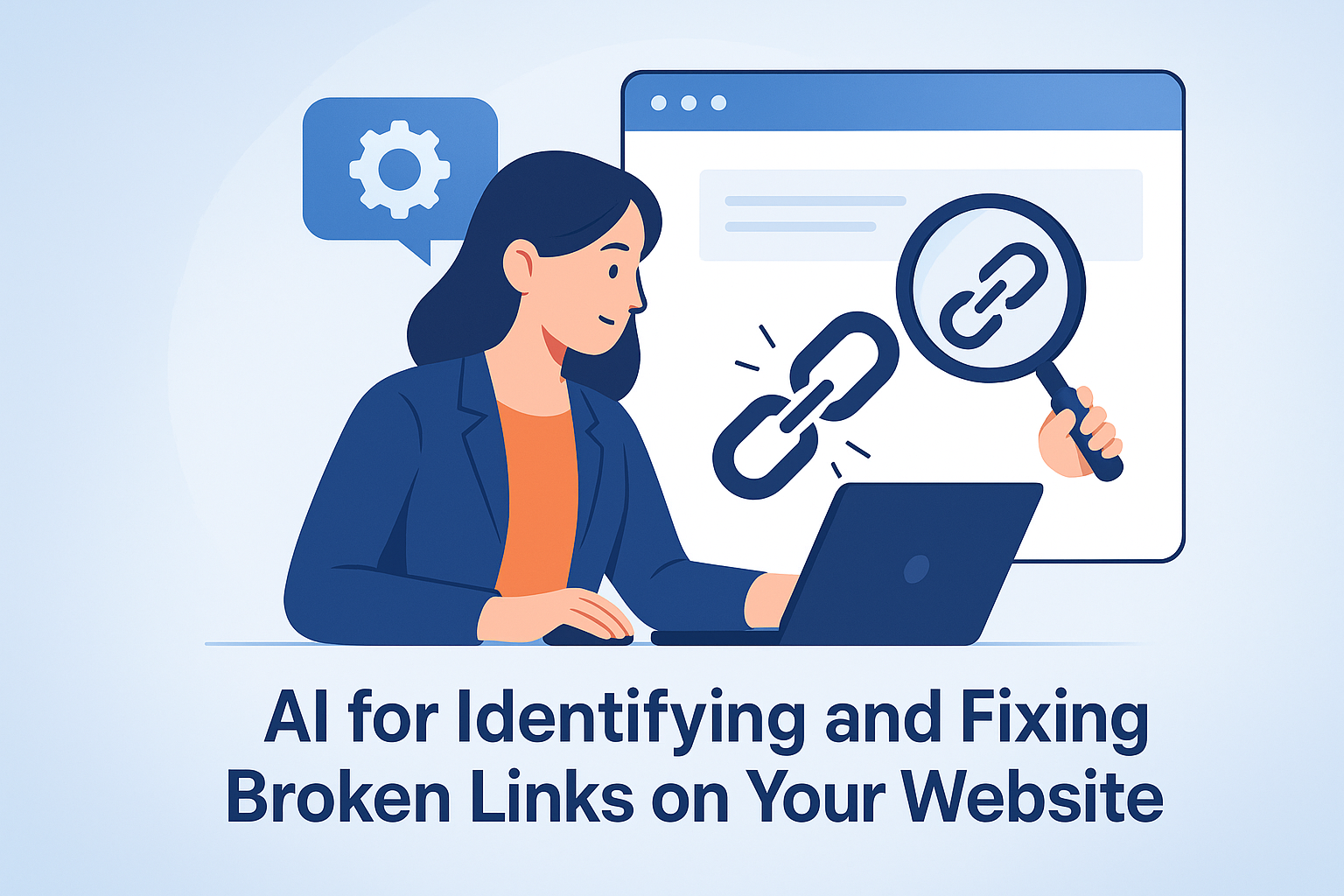If you’ve ever wondered, “What does Google really want when ranking a website?”—you’re not alone. The truth is, there are hundreds of ranking factors in Google’s algorithm. But not all are created equal.
In this guide, we’ll demystify the most important ranking signals in 2025 and show you how to use AI to optimize for each one, step by step.
Let’s dive into the essentials.
1. High-Quality, Relevant Content (Still #1)
Content is king—but not just any content. Google prioritizes content that is:
- Helpful and original
- Written with depth and clarity
- Matches the searcher’s intent
- Optimized for structure, headers, and formatting
How AI Helps:
Use DIYSEO GPT to analyze top-ranking content and build smart outlines. Then create E-E-A-T-optimized content using DIYSEO AI Writer.
Prompt example:
“Create a 1,500-word blog post optimized for ‘best project management tools for small businesses.’ Include H2s, FAQs, and schema markup.”
AI ensures your content is keyword-rich, user-focused, and formatted for readability—three essentials for modern SEO.
2. Search Intent Alignment
You can’t rank without matching the why behind a search.
Google rewards pages that satisfy the query, not just mention the keyword. That’s why you need to understand whether a query is:
- Informational
- Navigational
- Commercial
- Transactional
How AI Helps:
Use DIYSEO GPT to classify keywords and recommend the best content format for each. Then use AI Writer to generate copy that fulfills that intent perfectly.
3. Page Experience and Core Web Vitals
Page experience is a confirmed ranking factor that includes:
- Core Web Vitals (LCP, INP, CLS)
- Mobile-friendliness
- HTTPS security
- No intrusive interstitials
How AI Helps:
DIYSEO GPT can audit your Core Web Vitals directly from your Search Console data and provide prioritized fix suggestions. Then you can use AI-based tools to compress images, optimize layout, and streamline scripts.
4. Backlinks and Domain Authority
Backlinks are still one of the strongest indicators of authority in Google’s eyes.
But it’s not just about quantity. You need:
- Relevance
- Quality (high-DA, niche-specific sites)
- Editorial placement
- Anchor text variety
How AI Helps:
Use DIYSEO Link Marketplace to build high-quality backlinks from over 30,000 vetted sites. Filter by DA, niche, and price—and build links that Google trusts.
5. Mobile-First Optimization
Google indexes and ranks the mobile version of your site first.
You need to ensure:
- Responsive design
- Readable text and accessible buttons
- Fast load times on mobile
- Minimal mobile popups or clutter
How AI Helps:
DIYSEO GPT will flag mobile UX issues, while DIYSEO AI Writer can create mobile-optimized content layouts, CTA placements, and structured formats.
6. Internal Linking and Site Structure
Google crawls your site like a map. Clear internal linking helps it understand:
- Which pages are most important
- How content is grouped (topic clusters)
- Page hierarchy and relationships
How AI Helps:
DIYSEO GPT identifies orphan pages, broken links, and internal linking gaps. It also recommends where to insert relevant anchor text to improve crawlability and authority flow.
7. E-E-A-T (Experience, Expertise, Authoritativeness, Trust)
E-E-A-T is not a direct ranking factor but influences Google’s quality assessment of your site—especially in YMYL (Your Money or Your Life) niches.
You need:
- Author bios and credentials
- Real experience and stories
- Secure, transparent websites
- External validation (reviews, citations, backlinks)
How AI Helps:
DIYSEO AI Writer is designed to generate E-E-A-T-compliant content out of the box, including author tone, FAQs, and structured trust signals. Use Link Marketplace to build authoritative backlinks, and DIYSEO GPT to audit for missing trust elements.
8. Keyword Optimization (Natural, Not Stuffed)
Using keywords correctly remains vital:
- Include your main keyword in the title, URL, meta description, H1, and naturally throughout content
- Use semantic and related keywords (LSI)
- Avoid overuse (keyword stuffing)
How AI Helps:
DIYSEO GPT generates keyword suggestions and competitive analysis. DIYSEO AI Writer uses natural language processing (NLP) to include keywords in a reader-friendly, search-optimized way.
9. Freshness and Content Updates
Google rewards updated, timely content in industries where things change frequently (tech, health, finance, news).
You need to:
- Regularly refresh outdated content
- Republish evergreen posts with new data
- Monitor competitor freshness
How AI Helps:
DIYSEO GPT audits content freshness and traffic drops. AI Writer helps rewrite and optimize old content without starting from scratch.
10. Click-Through Rate (CTR) and Dwell Time
User signals matter. If people don’t click your result—or bounce quickly—Google takes note.
Boost:
- CTR with click-worthy meta titles and descriptions
- Dwell time with engaging content and internal links
- Time on site with videos, FAQs, and resources
How AI Helps:
DIYSEO AI Writer creates SEO-friendly meta tags and content that’s structured for readability and interaction. DIYSEO GPT identifies low-CTR pages and suggests improvements.
11. Schema Markup and Structured Data
Schema helps Google understand your content better and can improve:
- Rich snippets (FAQs, reviews, prices)
- Local SEO visibility
- Click-through rates in search
How AI Helps:
DIYSEO GPT generates schema markup for articles, local businesses, products, FAQs, and more—saving you from writing it manually.
12. Topical Authority and Content Clustering
Rather than just individual posts, Google now evaluates your site’s overall depth on a subject.
That’s why topic clusters (pillar + subpages) perform better than scattered content.
How AI Helps:
DIYSEO GPT builds full topical maps and recommends new content ideas. AI Writer helps you execute the cluster at scale, and internal linking glues it all together.
13. Secure and Accessible Site
HTTPS is a basic requirement. But Google also values accessibility:
- Descriptive alt text
- Keyboard-friendly navigation
- Proper heading hierarchy
How AI Helps:
DIYSEO GPT audits for accessibility and trustworthiness gaps, while AI Writer helps ensure every image has optimized alt text and all pages follow semantic HTML best practices.
Quick Recap: The Top Google Ranking Factors
| Ranking Factor | DIYSEO Tools to Optimize |
|---|---|
| Quality content | GPT + AI Writer |
| Search intent | GPT |
| Core Web Vitals | GPT |
| Backlinks | Link Marketplace |
| Mobile optimization | GPT + AI Writer |
| Internal linking | GPT |
| E-E-A-T | AI Writer + GPT + Link Marketplace |
| Keyword usage | GPT + AI Writer |
| Content freshness | GPT + AI Writer |
| CTR and dwell time | AI Writer |
| Schema markup | GPT |
| Topical authority | GPT + AI Writer |
| Site security/accessibility | GPT + AI Writer |
Final Thoughts
SEO may be complex, but it’s not out of reach for DIY marketers. When you know what matters—and have the right tools—ranking becomes a repeatable, scalable process.
Use DIYSEO GPT to analyze your site, uncover weaknesses, and build data-driven strategies.
Use DIYSEO AI Writer to create E-E-A-T-compliant, search-optimized content at scale.
Use DIYSEO Link Marketplace to power up your rankings with high-quality backlinks in your niche.
You don’t need to chase every ranking factor. Just focus on the ones that move the needle—and now, you’ve got AI to help you do it.
Frequently Asked Questions
1. What are the most important Google ranking factors that affect my webpage’s visibility?
Google’s ranking algorithm is a closely guarded secret with hundreds of factors at play, but certain elements consistently stand out as vital for ranking. Firstly, content quality is paramount. Your content should be relevant, informative, and provide genuine value to the reader. It should be free from plagiarism and regularly updated to handle current trends and customer interests. Secondly, keywords still play a significant role. Proper keyword research and implementation can immensely help Google understand and rank your page correctly. Thirdly, user experience (UX) factors cannot be overlooked. This includes fast page loading times, mobile-friendliness, ease of navigation, and a visually appealing layout that keeps visitors engaged on your site longer. Backlinks from reputable sites still hold considerable weight as they act as endorsements for your content. Additionally, the rise of HTTPS as a security protocol has also become a ranking necessity – secure websites rank better.
2. How does mobile-friendliness influence my Google rankings?
Mobile-friendliness has become a critical ranking factor ever since Google’s roll-out of the mobile-first index. In essence, this means Google primarily uses the mobile version of your page for indexing and ranking. With the widespread use of smartphones and tablets, a significant chunk of web traffic now comes from these devices. A mobile-friendly site ensures users can easily navigate your site and access all your content without hiccups on smaller screens. Responsive web design, which adjusts the layout to match the screen size, is crucial here. A poor mobile experience can lead to higher bounce rates, which signals to Google that users are not finding your site helpful or accessible, thus negatively impacting your rankings. Hence, optimizing your site for mobile means not just complying with Google’s preferences but also meeting the expectations of a large portion of your audience, directly boosting your SEO performance and your website’s rankings.
3. Can backlinks really improve my Google ranking, and how do I get high-quality backlinks?
Absolutely, backlinks are like digital votes of confidence from other websites. When a reputable site links to yours, it signals to Google that your content is trustworthy and authoritative, which can substantially improve your rankings. However, not all backlinks are created equal. Quality trumps quantity—a few links from well-regarded sites in your industry are far more valuable than numerous links from low-quality or unrelated sites. To earn high-quality backlinks, focus on creating unique, outstanding content that others find worth referencing. Building relationships within your industry can also lead to more opportunities for backlinks, such as guest blogging or collaborative efforts. Additionally, identifying where your competitors are earning their backlinks from can provide insights into potential sources for you to explore. Remember, any manipulative tactics for acquiring backlinks, such as participation in link farms, are frowned upon by Google and can lead to penalties, drastically hurting your search rankings.
4. Why is page loading speed significant for my site’s ranking?
Page loading speed is a critical component not only for user experience but also for SEO. Google recognizes that faster sites provide a better user experience, so it has integrated speed into its list of ranking factors. Users today have little patience for slow-loading sites, which means if your website takes too long to load, visitors are likely to leave your site almost immediately. This behavior contributes to higher bounce rates, which negatively impact your rankings. Improving your site’s speed involves optimizing images, using efficient coding practices, enabling browser caching, and utilizing a Content Delivery Network (CDN), among other techniques. Remember that Google favors websites that offer fast and seamless access to content, directly rewarding them with better visibility in search results. Thus, investing in accelerated page load speeds is akin to investing in the long-term success and engagement of your website.
5. How crucial is content quality and regular updating for maintaining a top rank on Google?
Content is king in the realm of search engine optimization, making content quality one of the pillars of Google’s ranking factors. Quality content means not just using keywords strategically, but ensuring your material is comprehensive, engaging, useful, and provides in-depth insights into the topic it covers. Google’s algorithm is designed to favor pages that answer user queries effectively. Beyond quality, keeping your content fresh by updating it regularly is a smart SEO strategy. This signals to Google that your content is up-to-date and relevant, which is especially important in fast-paced industries where information can change rapidly. Regular updates can also reflect shifts in consumer interests or new developments in your field, aligning your content with what your audience is actively searching for. In sum, by consistently offering well-researched, freshly updated content, you enhance your credibility, retain reader interest, and improve your chances of securing top positions in Google’s search results.



